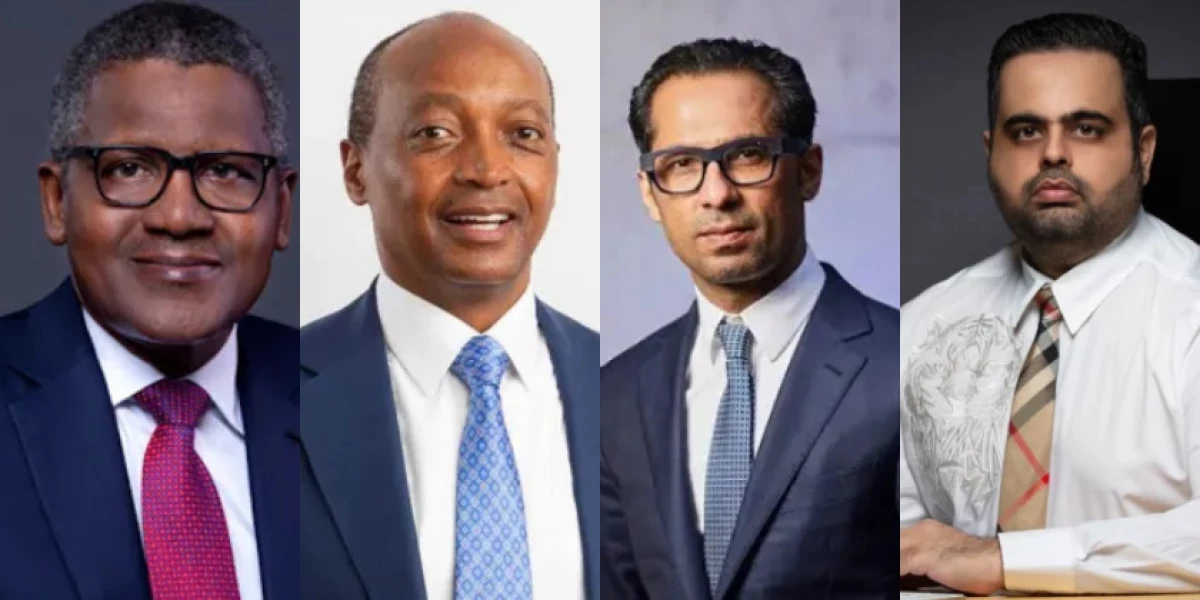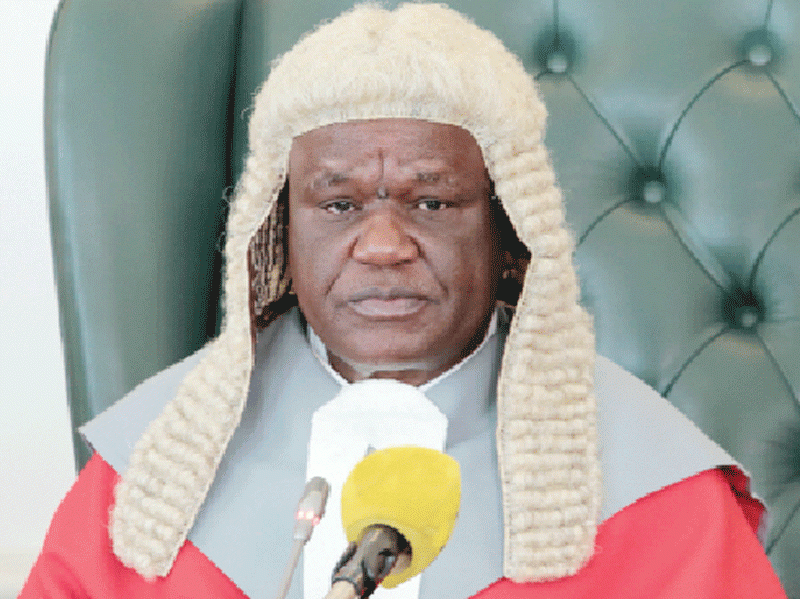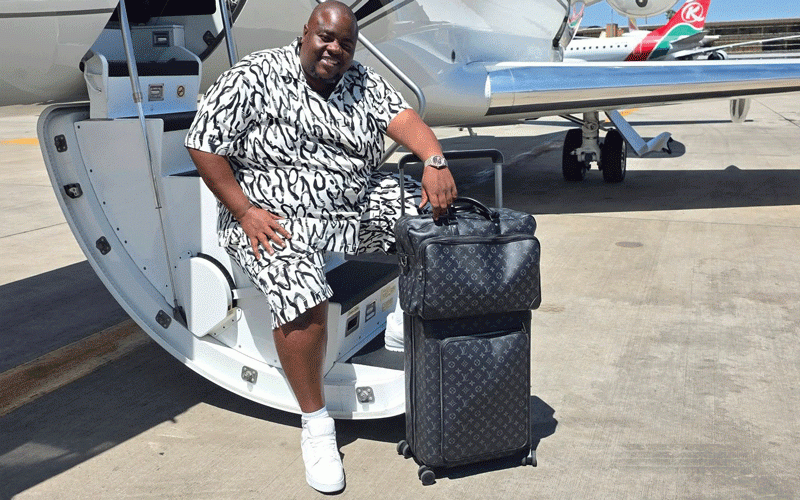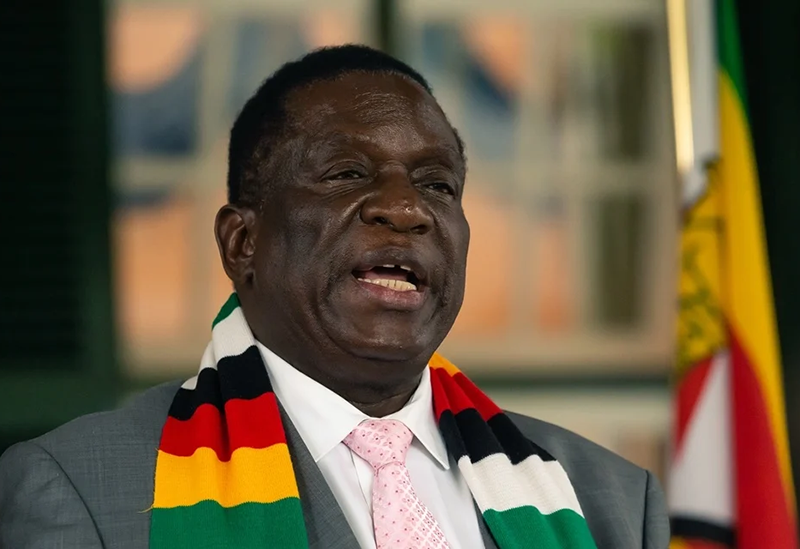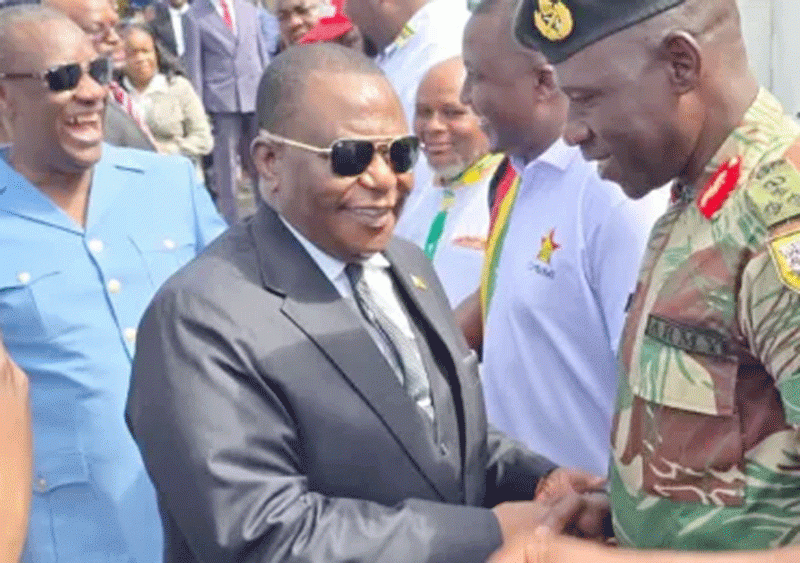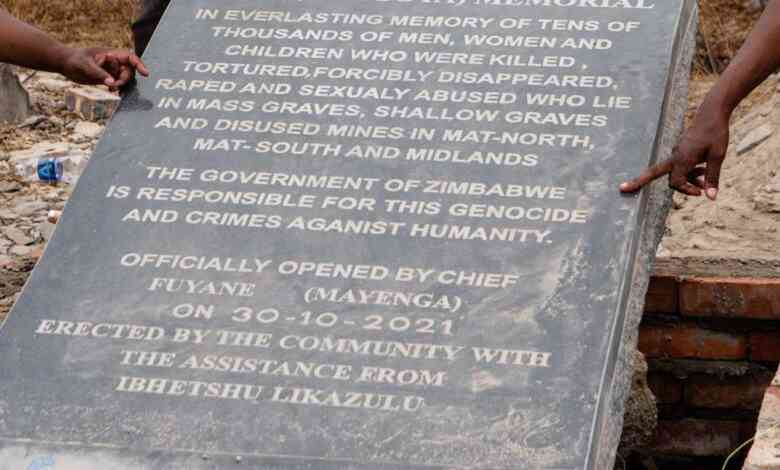
Michael Foucault bequeathed a conceptual tool with which we posit the question: What is the world like for many of those who went through the Bhalagwe concentration camp?
The same question is apposite for many other victims of the Gukurahundi for whom the government-led Gukurahundi outreach programme reinvigorates the hope for healing the ineradicable mark on perpetrator, victim, and nation.
It seems that Foucault was influenced by Alexander Solzhenitsyn’s ‘The Gulag Archipelago’, his opus on the Soviet formal collectivisation of farms and concentration camps system.
The Bhalagwe camp was established by the Zanu PF state in Matabeleland South at which ex Zipra freedom fighters, Zapu officials, and ordinary members of the public were subjected to interrogation and torture.
This camp was the climax of ‘Gukurahundi’ as the period and its violence have become known - a label which is, Stuart Doran writes, contemporaneously applied almost exclusively to 5 Brigade rather than its activities.
What happened in Bhalagwe is a metaphor of what transpired throughout the country and what is occurring now.
Many victims and survivors of the Gukurahundi genocide remain frozen and trapped in the confines of the Bhalagwe moment.
Although not as murderous as that which existed between 1983-1987, the people of Matabeleland are being let to die in the carceral archipelago beyond Bhalagwe – modern day Zimbabwe.
- Ziyambi’s Gukurahundi remarks revealing
- Giles Mutsekwa was a tough campaigner
- New law answers exhumations and reburials question in Zim
- Abducted tourists remembered
Keep Reading
Letting die, Marcatelli and Buscher write, denotes a concept of “liquid violence” which captures the material conditions in which people are not literally “killed” but “disinvesting” or non-intervening in particular groups of people (or “forms of life”) so that these have structurally less chance of making a living and more chance of seeing their livelihoods wither.
The lived experiences of the people of Matabeleland continue to be defined by what the Matabeleland Grand Plan (a document alleged to have been written by the architects of the Gukurahundi genocide) articulates as a strategy to deal with the “Matabeleland question”.
The people of Matabeleland are left to conduct a meagre existence, and their lives continue to wither as they are categorised as settlers who must go back to Zululand.
Being an othered group in modern Zimbabwe underpins why most jobs in the civil service, parastatals, diplomatic missions, and international borders are reserved for Shona people even in parts of the country where other ethnic groups such as the Kalanga, the Nambya, Xhosa, Tswana, Sotho, and Venda are a demographic majority and qualify for these jobs.
In the previous instalment, Zenzo Moyo, wrote that trauma “is a festering internal wound that requires deliberate interventions to help it heal.
For such interventions to be effective, they must answer the interrogative Who, What, Where, When and Why questions”. I cannot agree more with him.
The “why” is difficult because each witness may have a different view of the cause, sometimes justifying themselves but often based on their values, upbringing, religion, and trying to bring reason into an act that was usually unjustified and, most importantly, happened under conditions that no longer prevail and are therefore hard to imagine.
The conditions of Gukurahundi continue to date in Zimbabwe and many of its survivors remain frozen in the moment.
The more they witnessed or suffered, the thicker the wall they built around the experience. The alternative is madness.
And they are not alone. In the late ’60s, the Igbo people of Nigeria tried to break away as the nation of Biafra.
Two million people died before their brief independence was ended but their quest to separate remains. At the height of the massacres, the British government of Harold Wilson flew in weapons … to the killers.
France did the same in Rwanda, arming the perpetrators of the 1994 genocide.
Somaliland suffered a genocide when it broke from Somalia; and on the island of East Timor north of Australia, the Indonesians murdered a third of the population in an effort to combine the territory with their own.
An ignored casualty of all this is the perpetrators. As Orwell said in his 1984 novel: if you isolate people from information and feed them a single view of reality — that oppression is just and right and the victims are seen as unfit to live — all too soon you and I can be pulled into a hypnosis of evil, losing out a sense of right and wrong. Stalin, Mao and Hitler did this effectively.
When peace comes, and the past is recorded by authors and academics, survivors try to forget what happened or, if they can, go for therapy.
But those who set huts on fire with families inside, raped, castrated and brutalised “the other” often find that upon return to civilian life, those memories like Marley’s ghost occupy their past, present and future and they hear their victims screaming.
They too suffer from post-traumatic stress disorder – read Stuart Doran’s revelation that some members of the Fifth Brigade had become ‘more of animals than human beings’ the time they were deployed to Matabeleland South in January – May 1984.
In the wake of the First World War, millions suffered from “shell shock”. From 1945, the next generation went through an epidemic of depression.
Vietnam gave America a glimpse of how their veterans suffered on coming home.
Sadly, genocide has been with us from Biblical days, it happened to the Armenians under Turkish rule after World War l and in Cambodia under Pol Pot.
The president of Genocide Watch — the world’s early warning system on genocide — is Gregory Stanton. “Invariably,” he says, “genocide is lamented in the aftermath because if you call it at the time, that means the world has to act.
And so, from the UN down, the people who lead us tend to wait until the blaze has passed before they shout ‘fire!’ It has long been thus and there seems little sign of change.”
We lament Gukurahundi in the aftermath because the truth has never been told about what happened and who was behind what ensued.
Fundamentally, we mourn Gukurahundi because its script continues to play through economic, social, cultural and political marginalisation of victims and survivors.
Beyond Bhalagwe, Zimbabwe remains a carceral archipelago for the perpetrators (the foot soldiers, CIO operatives, police, and politicians) but more so for the victims who remain trapped in the Bhalagwe moment with troubled consciences.
The Gukurahundi Outreach Programme is such an important intervention to the victims that Moyo correctly said must be centred, as to perpetrators which I say must be visibilised.
*Dr Mbuso Moyo is a post-doctoral research fellow at the Southern Centre for Inequality Studies, University of the Witwatersrand, Johannesburg. He writes in his personal, capacity.

